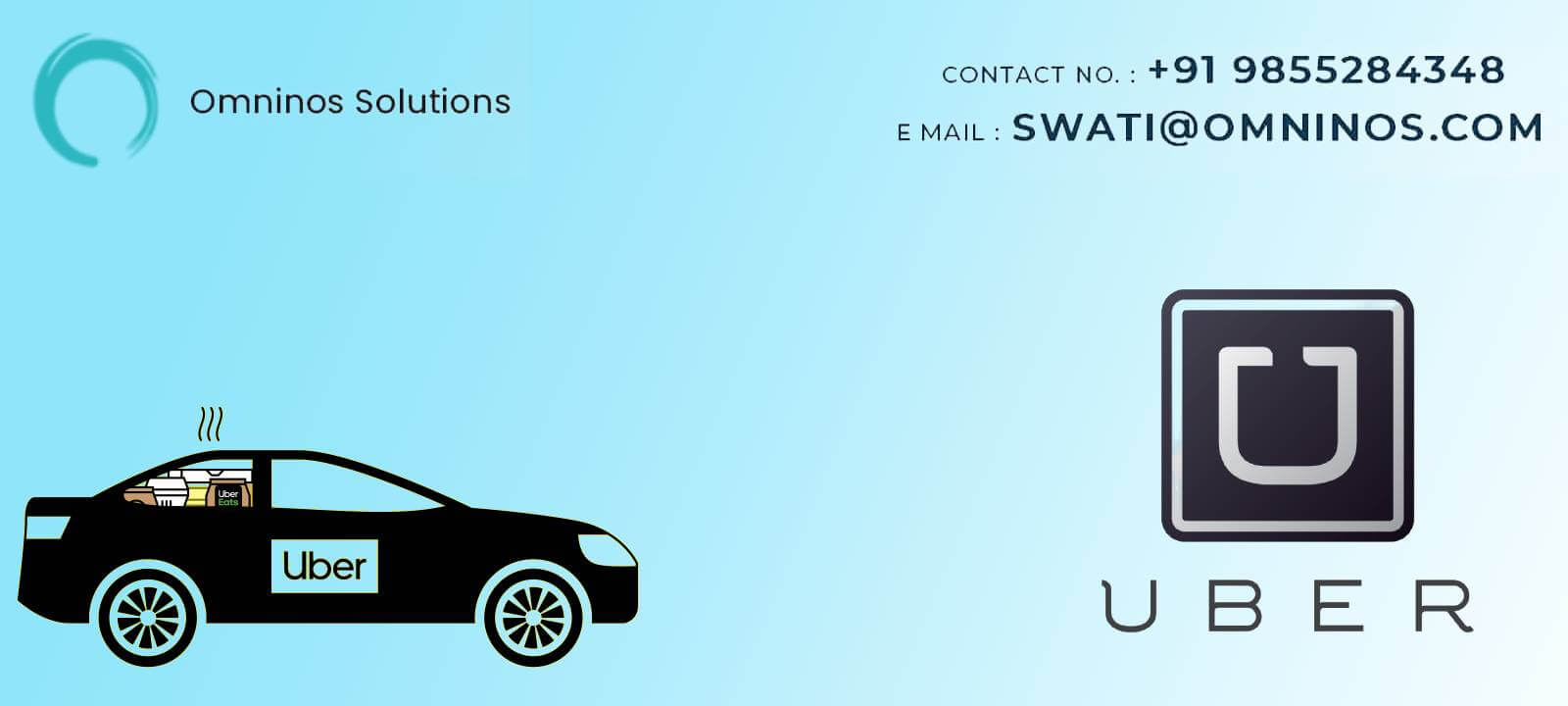Almost every user of a smartphone has a downloaded taxi booking app on their phone. The market for on-demand services has been proliferating and reflects a wide range of functionality and styles at present.
Every year, cities are growing and more people are becoming less inclined to buy their own car. Endless traffic, parking and general maintenance problems can be avoided. This is apparent in the fact that the number of adults in the US using a taxi app like Uber rose tremendously between 2015 and 2018: from 15 percent to 36 percent.
In the near future, cities will hardly stop rising, and Uber Like Taxi Booking APP will find their consumers worldwide , leading us to a clear fact-this is an attractive niche for many entrepreneurs.
On-demand transportation systems (also referred to as ride-hailing or ride-sourcing services) such as Uber are markets where passengers can connect with each other (riders) and service providers (drivers).
Drivers are not usually qualified practitioners for these programmes, rather they are private people who drive their own vehicles and wish to make some more income. What makes these services available almost everywhere is this simple approach that captures a particular customer need, which conventional taxi firms can not do.
What Technologies do you need for a Taxi APP to be developed?
Both client and server-side development are involved in launching applications of such complexity. They also want a central server to take large user interactions (in our case, passengers and drivers), to perform complex computations (matching, cost estimation, ETA, subtraction of commissions, etc.), as well as functions for business logic and data storage. To maximise response times, eradicate failures and provide continuous service availability, Uber maintains multiple geographically dispersed servers.
The part of the backend
The backend system for Uber is written using technologies such as:
Node.js;With Python;Go; Go, go;Uh, Redis;MongoDB; MongoDB;SQL. MySQL.
In addition , it uses its own network of data centres while also relying on PaaS / IaaS providers such as Amazon Web Services for certain operations from third parties.
With its own huge computing infrastructure, ride-hailing services of such scale as Uber can not do without. However, using cloud service providers such as Amazon Web Services , Microsoft Azure, Google App Engine or Parse would be sufficient to support your entire backend during the initial phases of your project.
On-demand ride services often depend heavily on various navigational, online payment and communication systems and APIs:
To show the surrounding area, Google Maps;
Key Position and API for Google Location Services to assess the location of the user;
Directions API for route configuration; MapKit and Google Maps;
For fees, braintree;Twilio for instant message notifications;Push Notifications from Apple
The frontend part ;The customer side of a taxi booking application like Uber Clone APP comprises two intelligent portable applications – one for request (travelers) and one for flexibly (drivers), each with its own personal arrangement of highlights.
There's likewise a requirement for the online administrator dashboard which will serve the part of bringing together backend-office, to screen the whole framework and to perform managerial activities.
The two choices to manufacture a customer side application:
a local application utilizing stage explicit programming dialects (Java for Android or Objective-C/Swift/C++ for iOS);
a cross-stage/half breed application utilizing HTML5,CSS and JavaScript.
With regards to taxi booking application improvement, utilizing a local methodology is viewed as more ideal.


